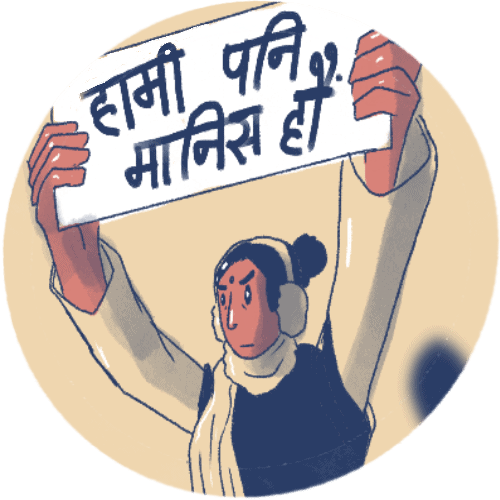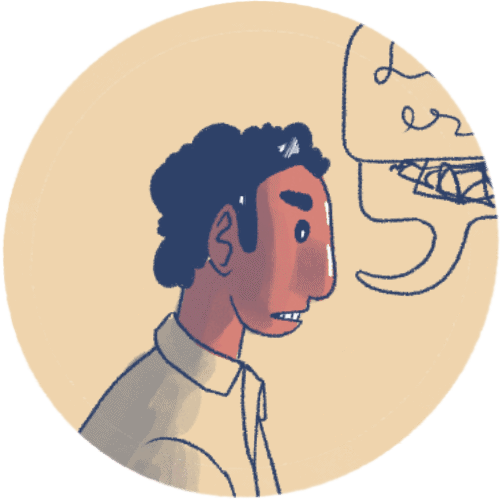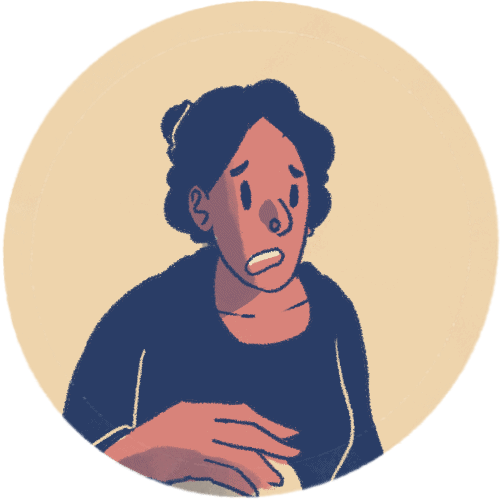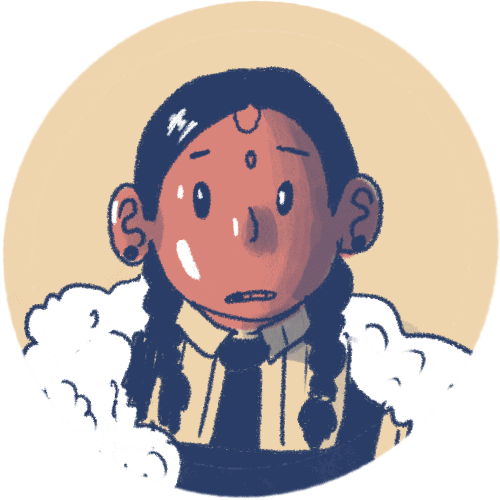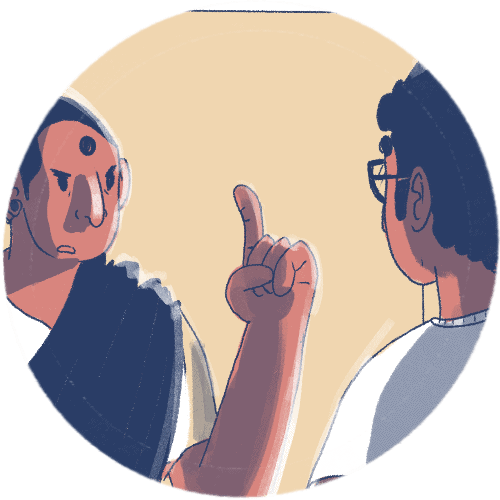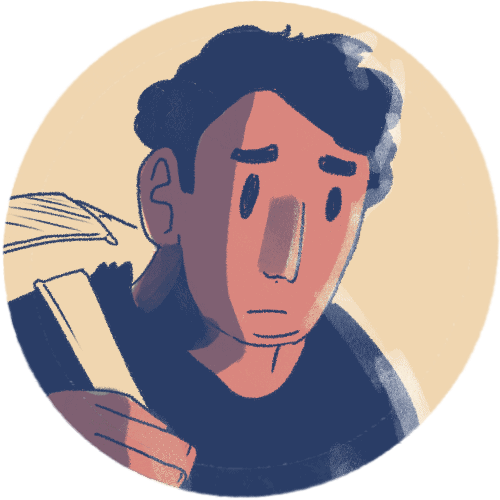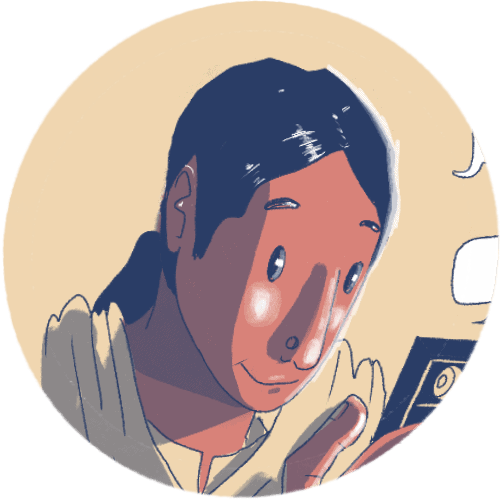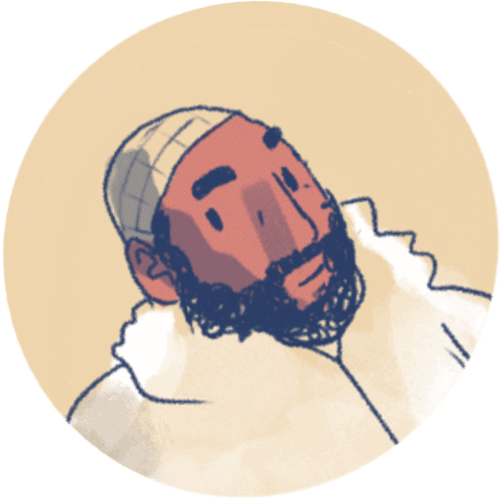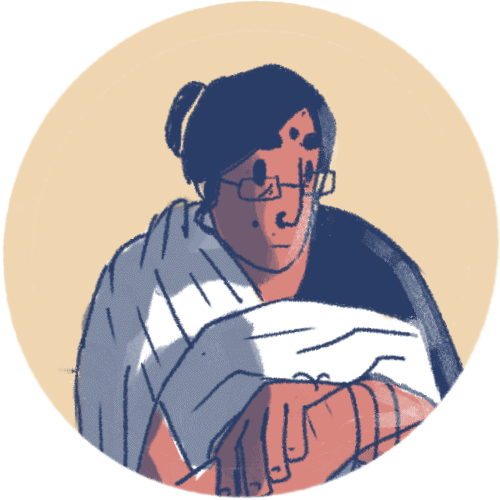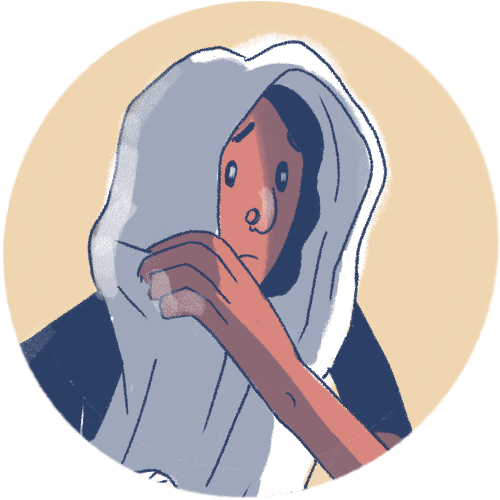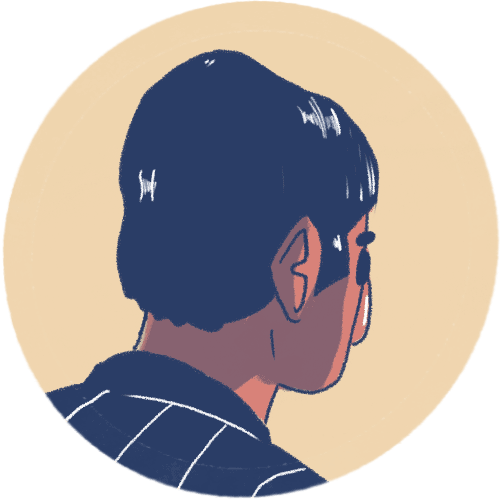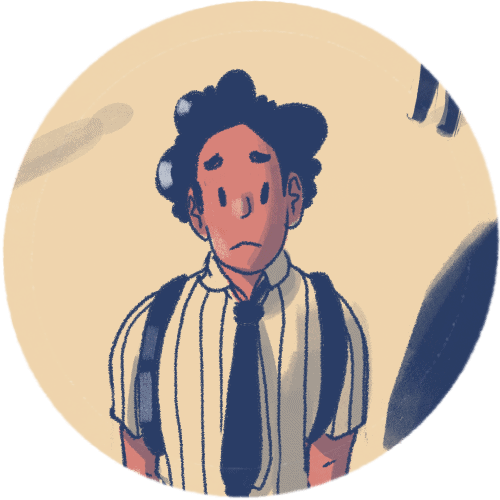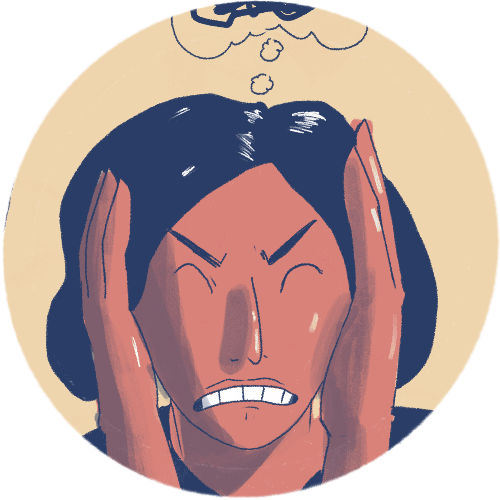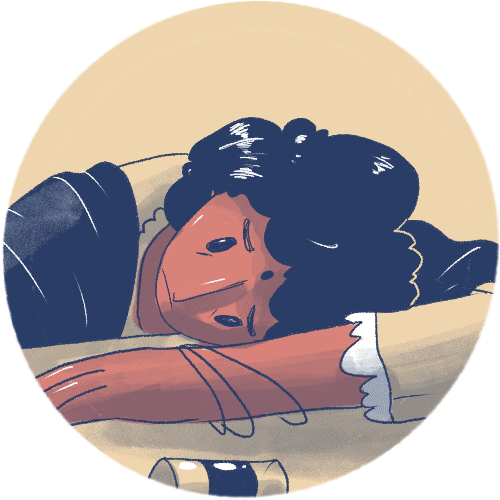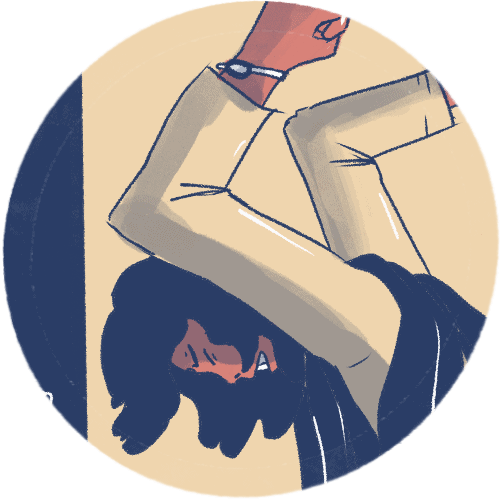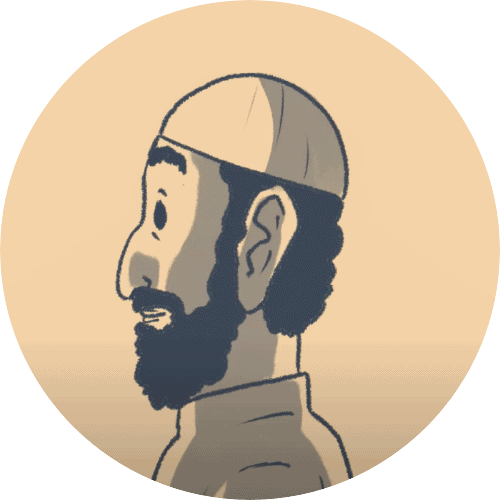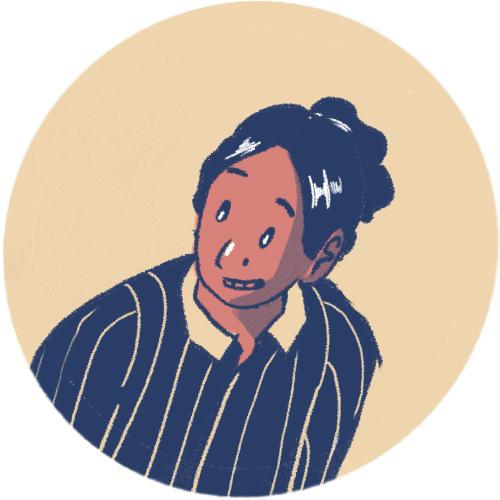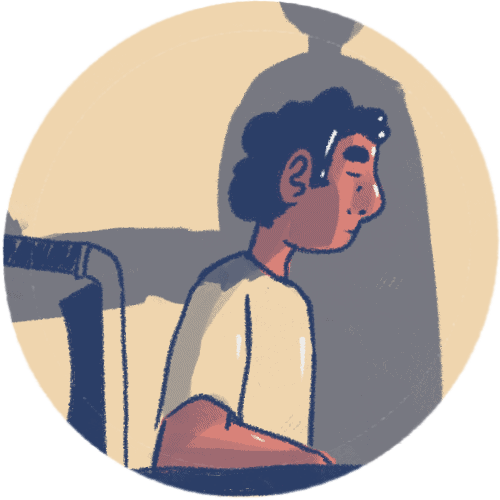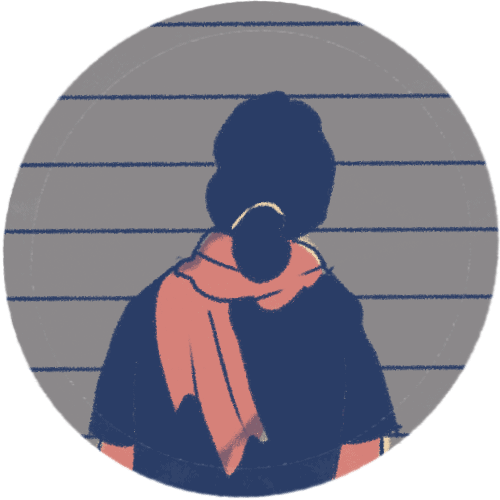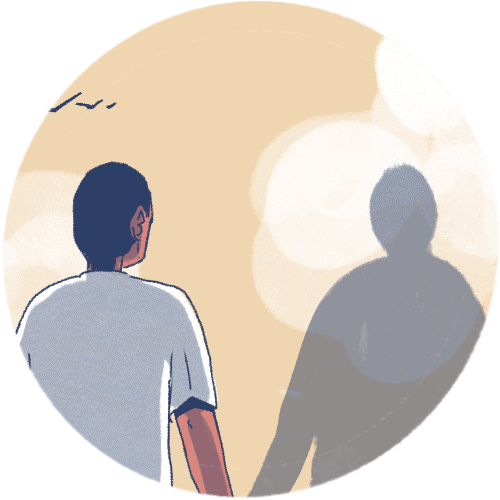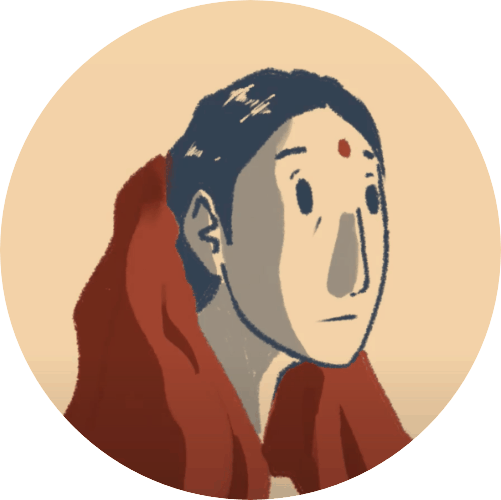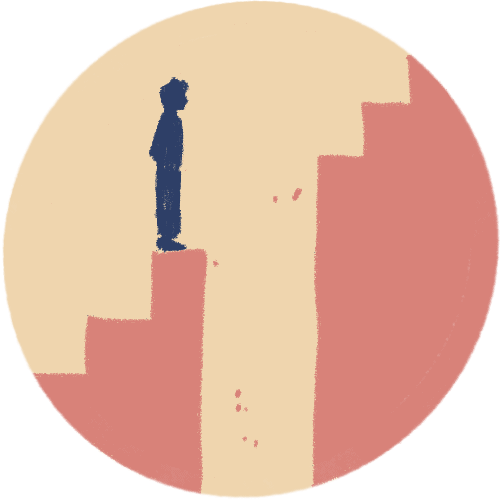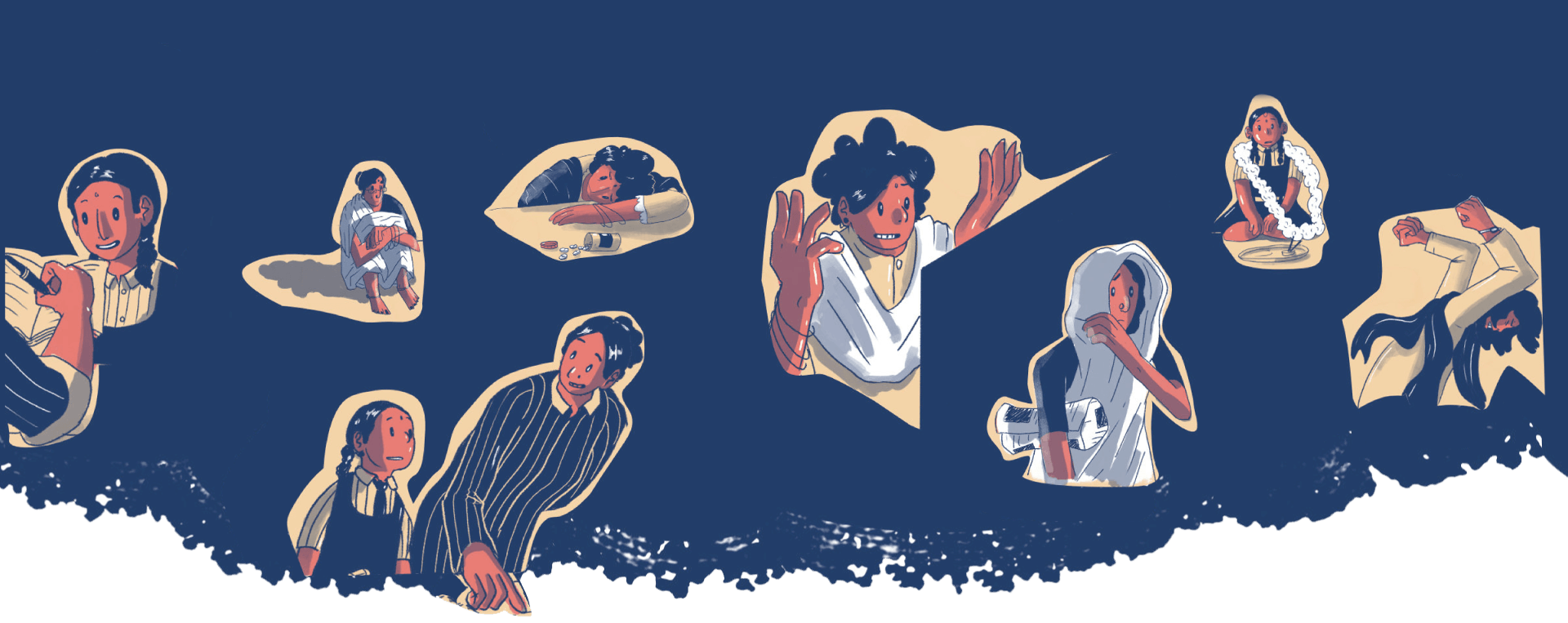
A vision to build back better
“Should I worry about running a house with no income or about my childrens’ education?” asks Meena, who wishes she could do a job from home during the pandemic.
A young queer person shares, “The pandemic was a glaring reminder of the wounds that were inflicted on me by my family — supposedly the most private and sacred of spaces”.
These deeply personal narratives explore the enormous social, emotional and economic toll the COVID-19 pandemic has taken on young people in India. In a world that has been obsessed with young people as a large demographic — as consumers, beneficiaries, as disruptors and innovators — the pandemic suddenly rendered them invisible. As a group that wasn’t particularly vulnerable to the disease, the shift was understandable as well. However, the pandemic’s debilitating impact can’t be seen only in terms of death tolls or infection rates; the long-term impact of global shut-downs have to be accounted for too. For the 365 million plus adolescents and young people, this means a disruption to education, SRH services, mental health, and dignity and livelihoods, among others. This anthology shines the spotlight on young people not just as the ones affected by the pandemic, but also the inheritors of its aftermath. It presents personal narratives as representative data and a window into the lives of young people in lockdown.
“Youth Unlocked: A Vision to Build Back Better” curates 32 written, audio and visual pieces that highlight the specific ways in which the pandemic affected young people from diverse contexts and backgrounds. It resists the binary of framing young people as a resource drain of the “youth bulge” or contributors to the “demographic dividend”. Instead, we break the notion of youth as a homogenous category by highlighting the diversity of young people’s identities and experiences during the crisis. Our attempt is to present each narrative in its context to avoid generalisations about young people. Our curation has been mindful of including young voices that are rarely taken into account, including girls and women from rural areas, LGBTQI+ people, Dalits, and people living with disabilities. For most, this is their first experience of creating written or audio visual narratives. Though we had initially opened submissions to people aged 15 to 30, we relaxed this criteria to provide a platform for those who have faced systemic barriers to authorship because of their identities and contexts.
“Stories can form a complementary force of truth telling to quantitative research, centring on empathetic, self-aware, self-critical research. They point us to the varied individual truths within the dominant social stories of our times and their inherent limitations and gaps” — Laxmi and WinnuStories and personal narratives play an important role in making sense of the world around us. The curation therefore relies on this medium in order to imagine a more resilient post-pandemic world. The crisis of the pandemic is exacerbated by social and economic inequities and the systemic prioritisation of objects over people, while glaring human rights failures unfold across nations. In a rush to return to normalcy, we risk going back to systems and processes that keep these inequities and gaps intact. The work to ‘build back better’ involves deep listening, reflection and re-prioritisation of what feminists have called “life-making” over the production of things. To this end the anthology provides a platform to understand individual narratives, and simultaneously tells a bigger story of how young people have braved the pandemic. It captures and presents realities on a number of themes, and consists of analyses, observations, first person accounts, and interviews written and produced by young people. It acknowledges young people as equal stakeholders and leaders of the future. This is what they have to say.
“(The) pandemic has allowed for deep-seated stereotypes about people and the spaces they inhabit to reveal themselves.” — Fatima HamidFatima’s reflective article on social inequities, stigma and the pandemic exemplifies the underlying context of this anthology. Her focus on a Muslim majority basti in a border state lays out the complexities of identity and belonging that are often only referenced in binaries and broad strokes. Dalits, LGBTQIA+, informal workers and daily wage earners, and people with disabilities, among other marginalised groups have borne the brunt of COVID-19 and the lockdowns put in place to curb the disease. A 14-year-old Lakhan reflects on the compulsion to work to support his family’s income and the pressures on his father. Madhav writes about the crushing weight of debt on migrant labourers who returned home. Coming from two very different regions, Abhishek’s, and Upasana’s stories highlight how Dalit, rural and indegenous youth are left out as Digital India became a necessity for education and livelihood. These accounts reveal how gender, caste and community are barriers which dictate who owns smartphones or computers, who gets to use them, and who is able to adapt to this “new normal” with ease. They also indicate an urgent need to address the spread of misinformation, cyber bullying and inclusive education technology to ensure that this shift does not widen the digital divide further.
“For many, this would count as a non-emergency medical situation, but for me, missing my regular dose of hormones meant the difference between health and illness.” — VikramVikram, who identifies as a tran-man, unearths how the pandemic further complicated the lives of people like him. Whether this was accessing the hormones helping their transition, or adding new dimensions to complicated relationships with their families. Young LGBTQI+ people got stuck with families who do not accept them for who they are, forcing them to relive past traumas, and face more violence. Dipanwita shares the experiences of three trans and non-binary people who are at an increased risk of experiencing gender dysphoria in the absence of medical interventions. Vijeta interviews a person from the kinnar community who is heartbroken by the neglect and contempt her community faces even these times. These narratives highlight that more people need to see gender beyond the binary of male and female. One step to tackle this is comprehensive sexuality education, in a way that enables young people to learn about different bodies and about pleasure without shame. This will create an enabling ecosystem for young people. It also points to a need for gender-budgeting and gender-responsive disaster responses.
The additional burden of gender borne by women and girls is now well understood and articulated in governance and development. During the pandemic too, young women face a double disadvantage of marginalisation in every space ranging from access to education to healthcare, including SRH services. Hayat points out how sanitary napkins were left out of essential items when the lockdown was announced adding to young women’s menstrual health challenges. Mamata, a field worker in Uttar Pradesh, warns us urgently that child marriage, domestic violence, and girls dropping out of school are all on the rise. This indicates that a lot of work is needed to change deep seated, patriarchal gender norms. More than ever there is a need to bring on board gatekeepers — their families and male dominated communities.
“I have seen that adolescents like me were often unable to find the right kinds of safe spaces to communicate our distress and dilemmas. For most young people, neither their parents nor their teachers are well-informed about mental health and well-being and thus often fail to identify these and offer support.” — ShuktiEvery single piece in this anthology touches upon themes of isolation, hopelessness and anxiety for what the future holds. The submissions break the narrow understanding of young people’s mental health which is usually understood as substance use and academic stress.
The trauma of long lockdowns where young people were cut off from their friends, and often families will have a lasting impact. Vanshika shares the realisation that she must re-negotiate boundaries with her parents, and have difficult conversations with them. Zafreen writes about the suffocation she felt because for the first time in her life, she wasn’t able to contribute to relief work in her community. A young Dalit Queer person goes on a journey to find a non-judgemental, and rights-affirming spaces at home and with medical professionals.
Though young people are now more equipped to verbalise or name mental health issues there continues to be a stigma about them. The affordability of mental health services is a huge deterrent for people to seek help, and this must be addressed. Though there is a toll-free helpline in place already, more needs to be done to sensitise health care professionals, like existing Adolescent Friendly Health Clinic networks, to the unique needs of young people.
“The active engagement of Muslim youth in relief work, and the support they provided during the lockdown must be celebrated as resistance to the narratives of hate.” — Eisha ChoudharyIn many ways this anthology is a testament to the resilience and strength of young people. The pandemic has resulted in new forms of community building and drawn on reserves of resourcefulness. Young muslims organised community iftars for migrant workers, replying to hate with love. Ganga, a young woman, taught girls in her community how to make sanitary napkins out of waste cloth in their homes. Ibrahim found that even while dealing with the darkness in his own life, he could ease others’ troubles through collaborating, and organising resources. Oroosa, who battled the misogyny of her university campus, found strength and hope in teaching young girls english online. Mandeep set up a tuition class for Dalit children in his village to make sure they don’t drop out of school. Another young woman set up a magazine to break the stigma around disability, to give voice to those like her. Others immersed themselves in sharing the dangers of misinformation, and using theatre to make sense of chaos.
What is striking is that young people feel a deep need to change the status quo, whether by re-imagining education or mental health or the ways in which we love. The crux of it is a desire to create an inclusive society, which celebrates diversity and does not discriminate. Many of the contributors have participated in resilience and leadership building programmes that have taken place in the past few years. Many directly credit these for their ability to now serve their communities. Young people are able to articulate their social, economic and political needs in ways they hadn’t thought possible. Such programmes need to be brought to scale and reach the most vulnerable sections. Increasing agency among young people is crucial to tackle existing divides and build a country which is more resilient to such future shocks.
Young people have ideas, they want their perspectives and opinions to shape the world that they will inherit. India’s youth are leading conversations to end gender based violence and caste-based discrimination, to re-shape sexual and reproductive health and rights, and to tackle climate change effectively, to name a few. Young people’s re-imaginings of the world should inform national policies and programme designs for CSOs to prepare for future disasters and epidemics. It is time that policy-makers and programme implementers make an earnest start by engaging young people in active advisory roles, and giving them a seat at the decision-making table.
Narratives
Acknowledgements
All Contributers for their submission to ‘Youth Unlocked’
Editing and Curation: Kayonaaz Kalyanwala
Concept and Curation: Pallavi Agrawal
Review Advisory: Devika Bahl, Vinita Sahasranaman
Website Development: Rithvik Upadhya
Video Editor: Dheeraj Sharma
Illustrations: Sharath Ravishankar
